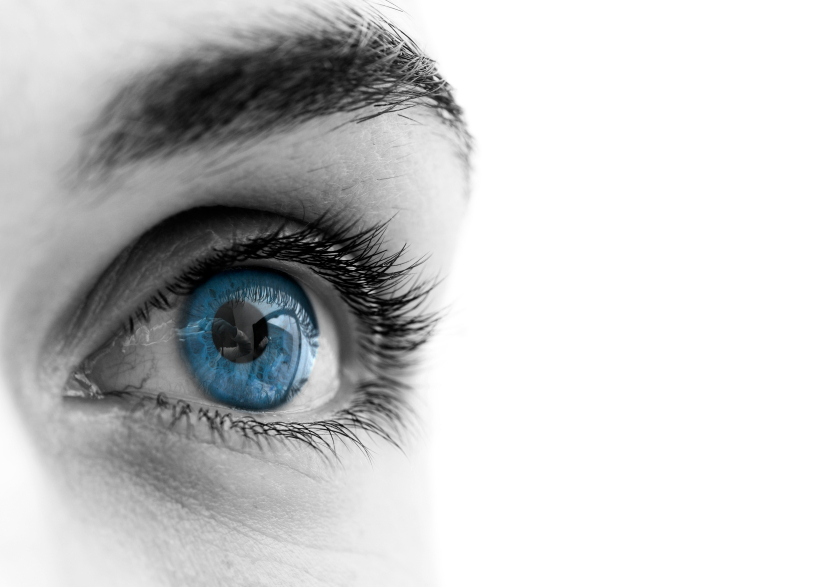What is Monovision?
Monovision is when one eye sees far well and the other eye sees near. This can occur naturally as some people may have one eye which grows longer than the other.
Contact Lenses and monovision
Many people opt for monovision with their contacts. As we reach 40 years old, the lens in the eye becomes less elastic and/or the ciliary muscle (the muscle which moves the lens) weakens. This causes near vision to deteriorate in those who are farsighted and those who never needed glasses to see far away. One way to see near again other than reading glasses, is to correct one eye for near with a contact lens. This is monovision.
Monovision is also used in LASIK and can be done for cataract surgery as well.
Advantages of Monovision
1. It works. Less reliance on readers and patient satisfaction is high.
2. Clear vision at both near and far
3. Ease of use – many find putting in one contact or having one eye corrected for near work is much less cumbersome than putting on readers.
Disadvantages of Monovision
1. Adaptation- There is some need to adjust to this if you are not born with monovision. Most people are able to adapt, although some people find they feel unbalanced and/or dizzy. I would recommend a trial prior to committing to monovision permenantly ( in the case of cataract surgery or LASIK).
2. Difficulty driving at night- Some people will wear glasses/distance contacts when driving at night. Monovision does decrease night vision somewhat due to the fact that only one eye is working for distance. Day driving is usually not affected.
3. Previous strabismus, lazy eye, or amblyopia- Those with a history of these conditions should not use monovision.
4. Difficulty threading a needle. Most people still need reading glasses for this.
If you are considering monovision, your doctor will run further testing to get the best match for your needs and lifestyle.


Comments are closed.